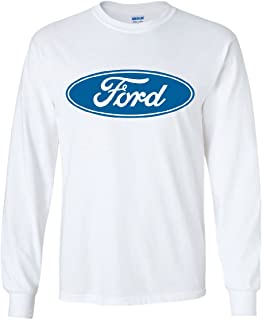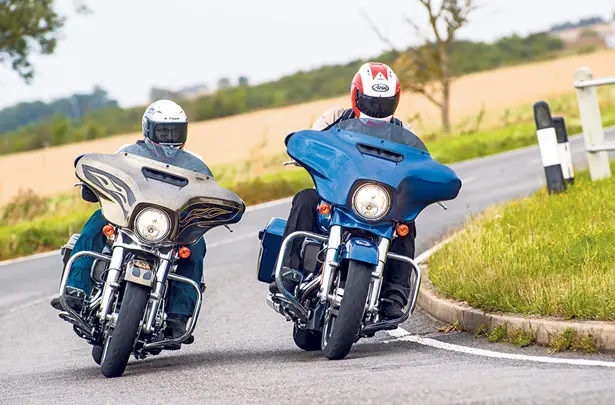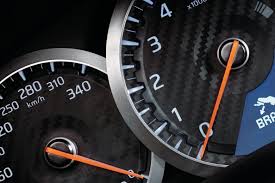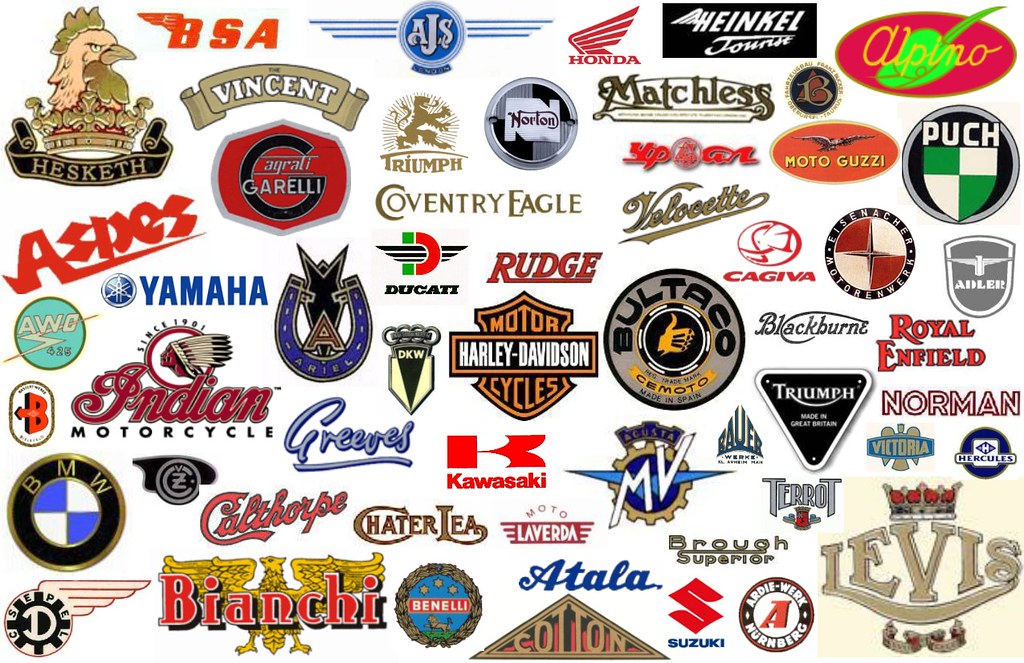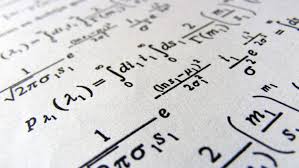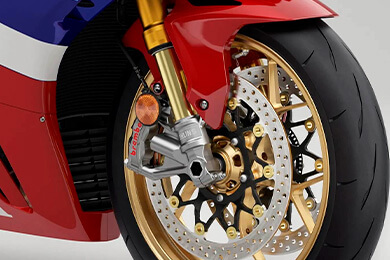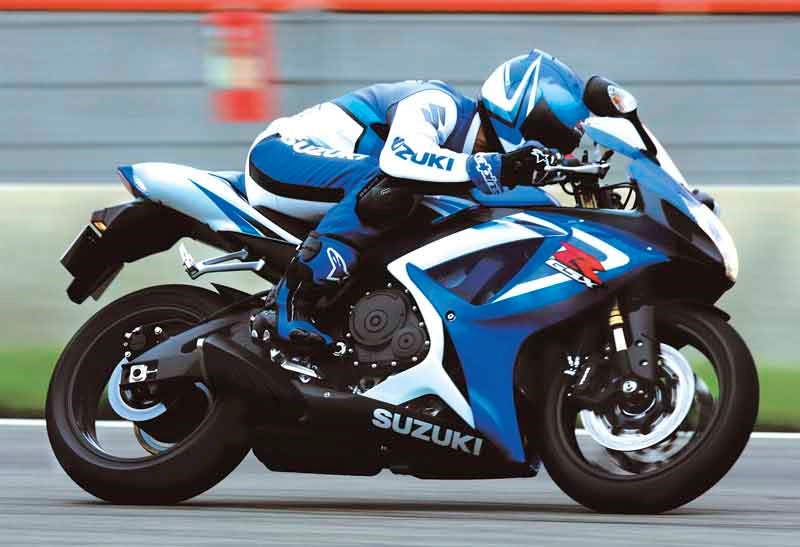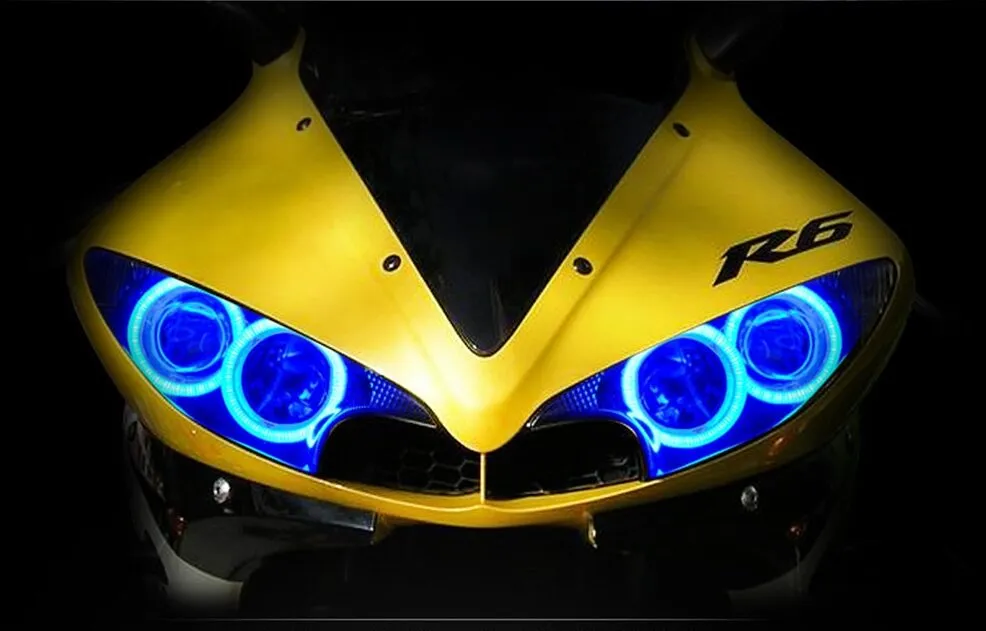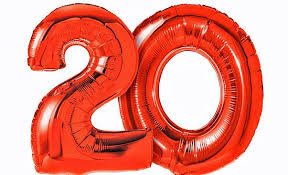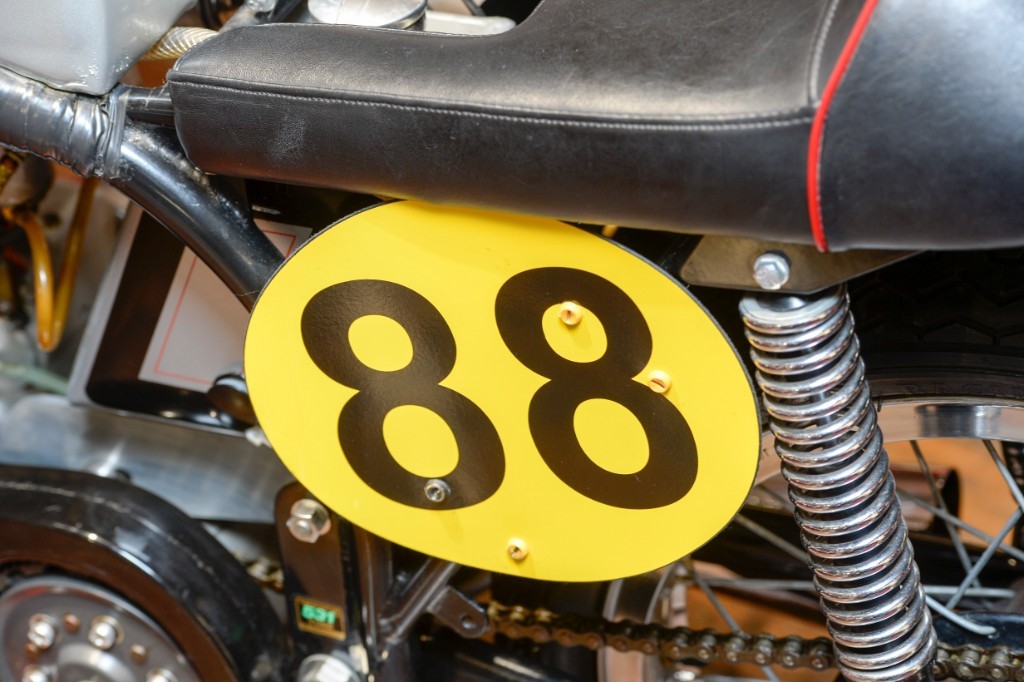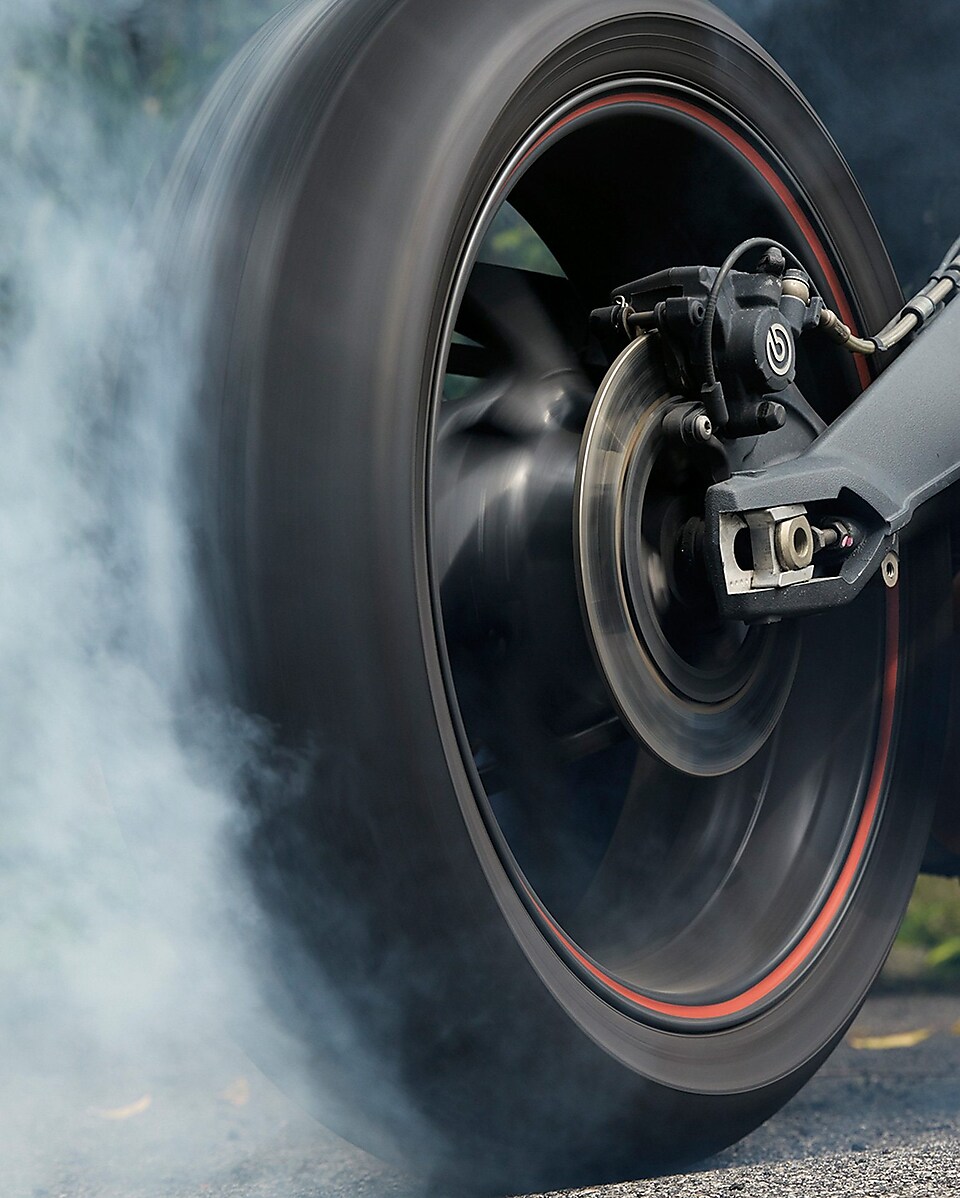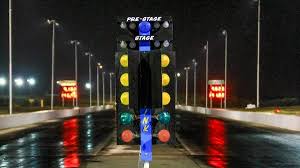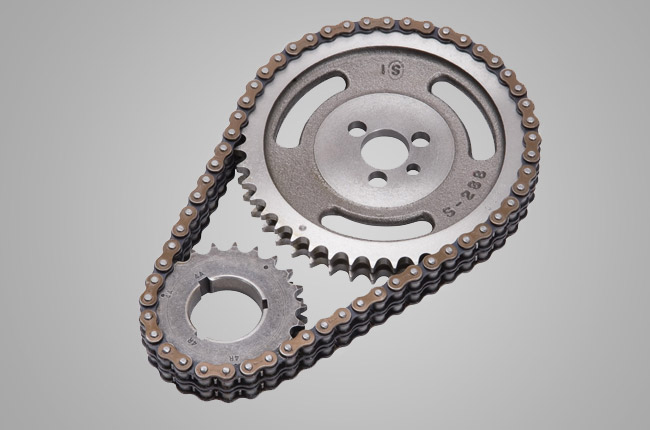
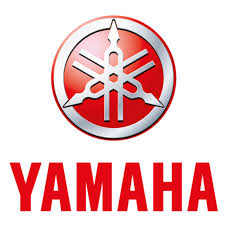

This edition of the Yamaha FJR 1300 Ultimate Edition is the 6 speed | Manual version and was first brought out in 2020. This was at around the same time as the introduction of the 2020 Kawasaki KLX 230 Single Cylinder and the 2020 Kawasaki KLX 250 Camo.This particular Yamaha FJR has a 1298cc Liquid cooled, Two stroke, V4 Petrol powerplant with 4 cylinders and Electronic Fuel Injection.
![Kawasaki Ninja H2 1000 SX-SE Supercharged - [2020] image Kawasaki Ninja H2 1000 SX-SE Supercharged - [2020] image](/editionimages/b/default.jpg)
An alternative V4 engine, Sport-Touring style motorbike includes the Kawasaki Ninja H2 1000 SX-SE Supercharged - [2020]
The 2020 FJR shares its V4 engine and Sport-Touring style configuration with the likes of the 2020 Kawasaki Ninja H2 1000 SX-SE Supercharged and the 2019 Kawasaki Ninja H2 1000 SX-SE Supercharged. Alternatively, if you're looking for other bikes which share the FJR's Sport-Touring style with a similar size of engine then how about the 2020 Kawasaki Ninja H2 1000 SX-SE Supercharged | 2020cc.2019 Kawasaki Ninja H2 1000 SX-SE Supercharged | 2019cc.
Weighing in at 292 kgs (643 lbs) this makes the Yamaha FJR 1300 Ultimate Edition in the same weight category as the 2024 Honda VT 750 C Shadow Aero or the 2024 Honda CRF 1100 L Africa Twin Adventure Sports, give or take 50kg.
In terms of power the 1298cc 16 valve V4 4 cylinder engine produces 146 bhp (108 kW) @ 8000 rpm similar to the 2025 Kawasaki Z 900 DOHC SE [123 bhp (91 kW) @ 9500 rpm] or the 2025 Kawasaki Z 900 DOHC [123 bhp (91 kW) @ 9500 rpm].
The DOHC Two stroke unit throws out torque of 101.7 lb-ft (138.0 Nm) @ 7000 rpm placing it alongside motorbikes of similar performance figures such as the 2024 Honda CBR 1000 RR-R Fireblade [82.5 lb-ft (111.9 Nm) @ 12000 rpm] and the 2024 Kawasaki ZX-10 RR Ninja [82.4 lb-ft (111.7 Nm) @ 11700 rpm].
If one combines the weight with power or torque performance for the Yamaha FJR you can get a better idea of it's real world performance.
![Honda CBR 1000 F - [1991] image Honda CBR 1000 F - [1991] image](/editionimages/b/default.jpg)
The 1991 Honda CBR 1000 F has similar Bhp Per Ton stats as the 2020 Yamaha FJR 1300 Ultimate Edition.
The 2020 Yamaha FJR 1300 Ultimate Edition has a Power to weight ratio of 500.0 bhp per ton and 348.5 lb-ft per ton. Bhp Per Ton figures of the 2020 FJR competing with the 1991 Honda CBR 1000 F [523.8 bhp\ton] and the 1995 Honda CBR 1000 F [523.8 bhp\ton].
If you agree with the late great Carroll Shelby, then arguably an even better indicator of potential performance is Torque. Factor weight into the equation and you end up with - Torque per ton, with the Yamaha FJR generating around 348.5 lb-ft per ton. If you're curious as to what other motorbikes have as much torque to weight then look no further than the 1987 Suzuki GSX-R 1100 DOHC [372.5 lb-ft per ton] and the 1986 Suzuki GSX-R 1100 DOHC [372.5 lb-ft per ton].
With a 0-60mph time of 7.4 secs or a 0-100km/h (0-62mph) of 7.6 secs, this makes the Yamaha FJR 1300 Ultimate Edition similar in acceleration to the 2022 Yamaha FJR 1300 20th Anniversary Edition (7.4 secs) and the 2019 Yamaha FJR 1300 ES (7.4 secs). This Yamaha FJR 1300 Ultimate Edition also competes in terms of 0-60 mph and 0-100km/h with the 2018 Honda CB 250 R Neo Sports Cafe (0.0 secs) and the 2020 Norton Superlight SS (0.4 secs).
![Kawasaki ZX-6 RR - [2004] image Kawasaki ZX-6 RR - [2004] image](/editionimages/b/default.jpg)
Quarter Mile time is a close race between the 2020 Yamaha FJR 1300 Ultimate Edition and the 2004 Kawasaki ZX-6 RR
When talking about the performance of the 2020 Yamaha FJR 1300 Ultimate Edition on the drag strip it can reach a quarter mile in an estimated 10.9 secs @ 0 mph. Bikes with a similar performance down the quarter mile can be found in the 2004 Kawasaki ZX-6 RR (10.9 secs) and the 1986 Kawasaki ZX 900 Ninja (10.9 secs).
The 2020 version of the Yamaha FJR 1300 Ultimate Edition has a maximum speed of 154mph.
If maxing out your bike on the AutoBahn is your thing and you're wondering what's faster at the top end than the 2020 Yamaha FJR 1300 Ultimate Edition then how about a 2020 Yamaha YZF-600 R6 20th Anniversary Edition (165 mph) and the 2020 Honda CBR 600 RR (165 mph).


Suzuki GSX-R 600 Yoshimura
Engine Capacity: 599 cc
Top Speed: 157 mph
Quarter Mile: 10.6 secs @ 0 mph



